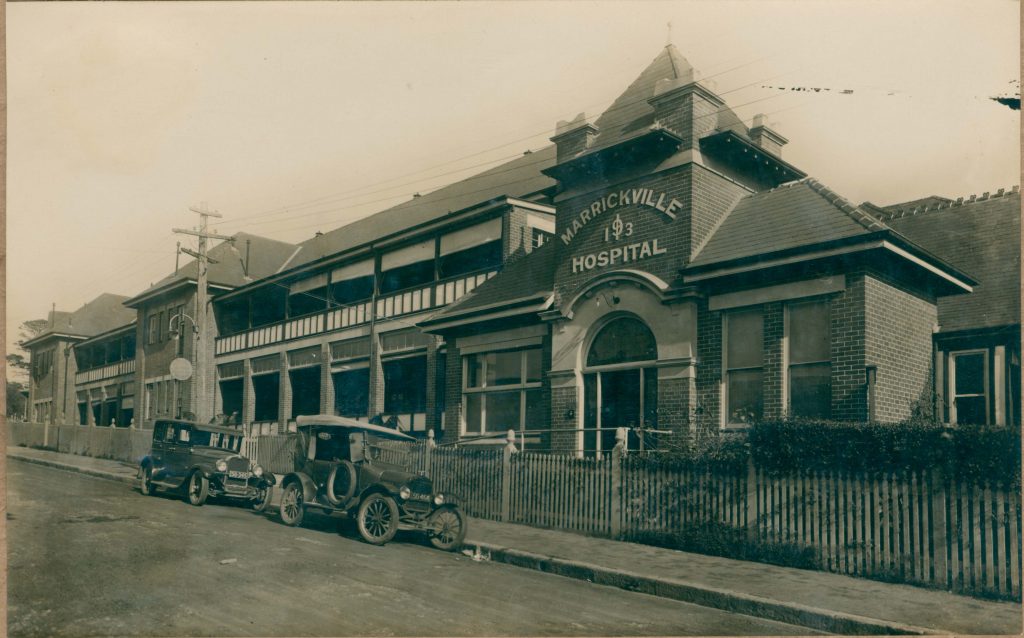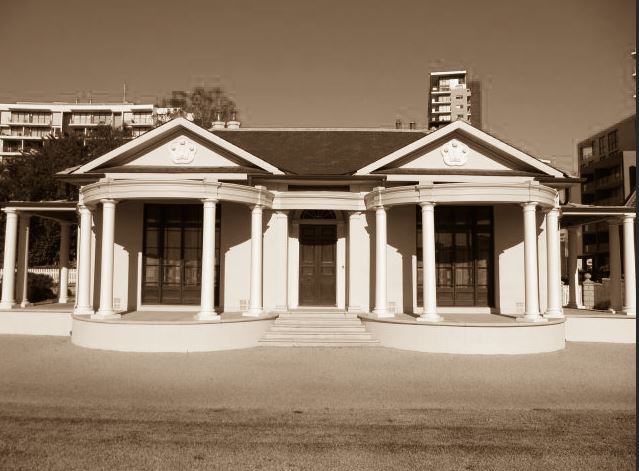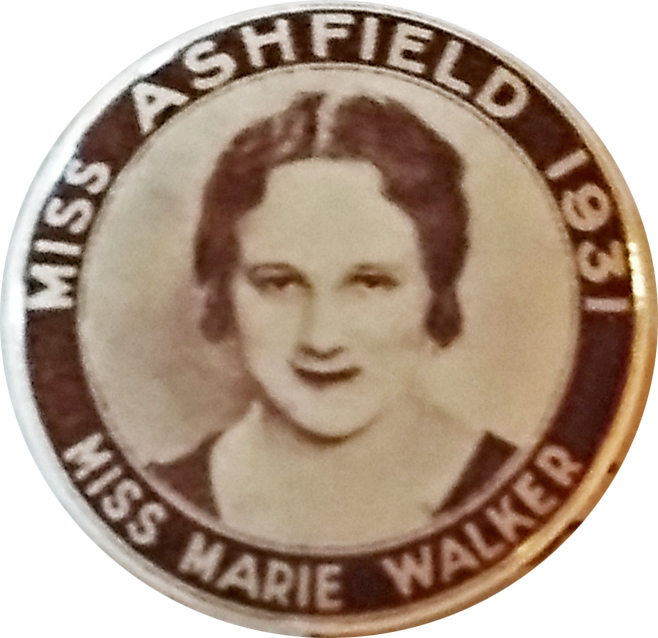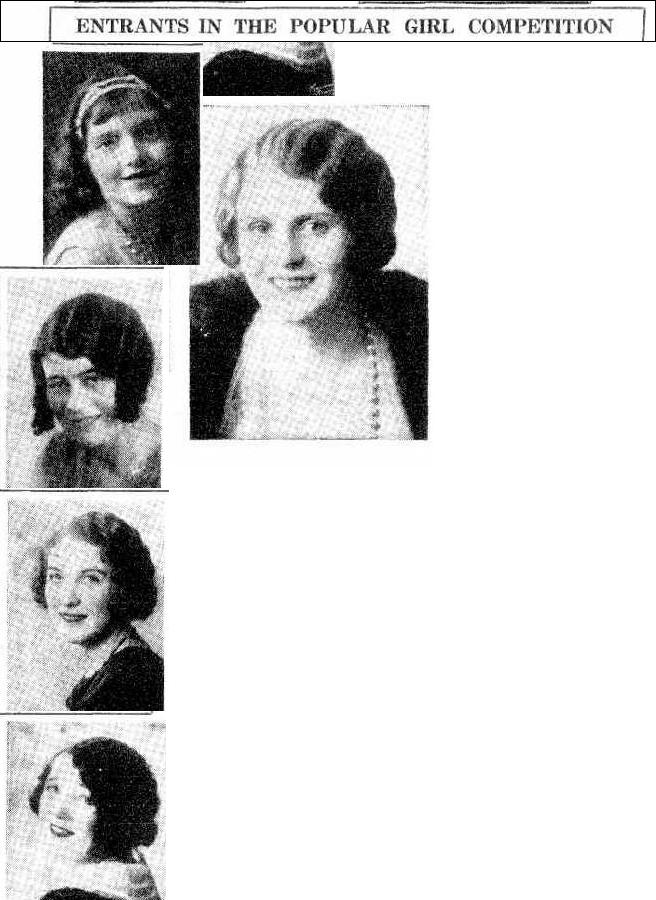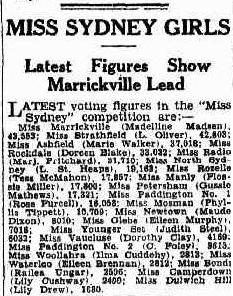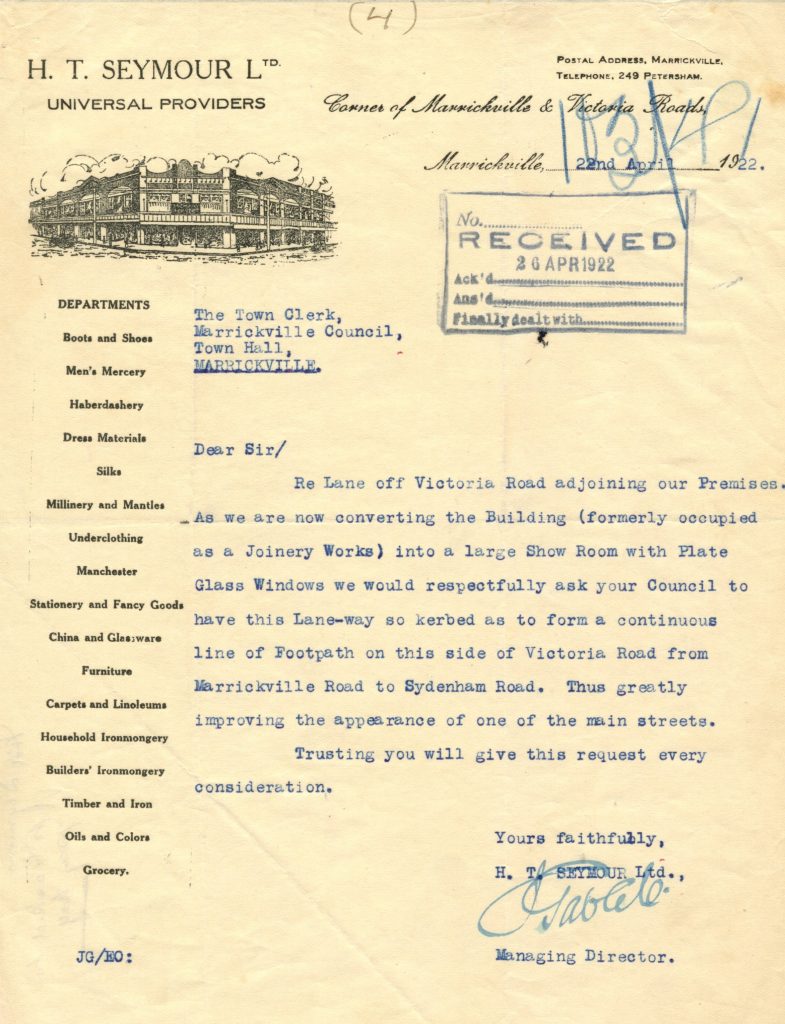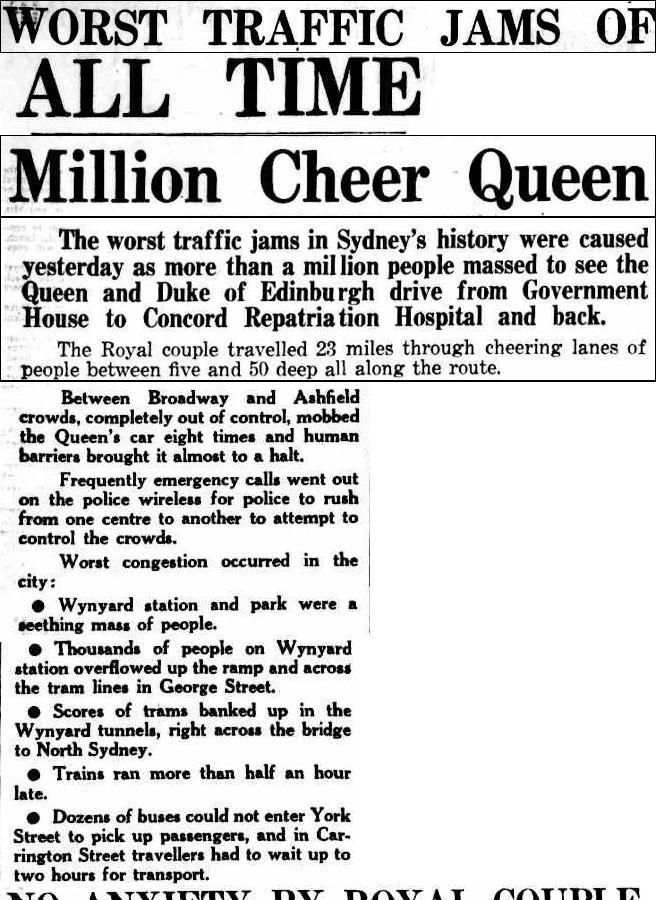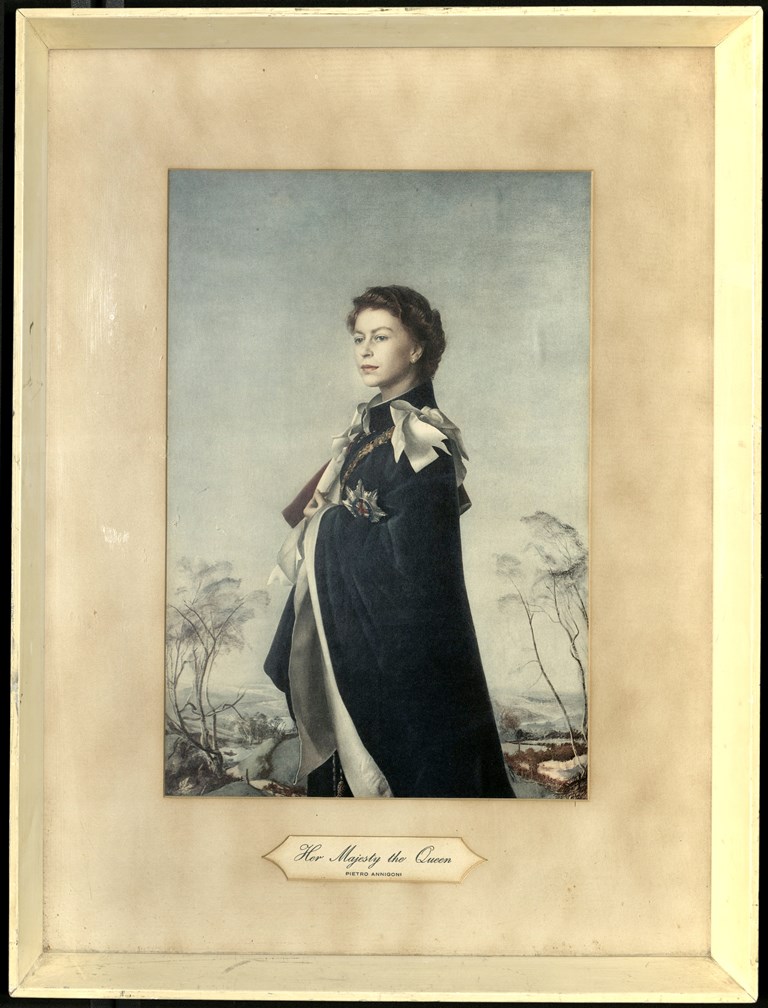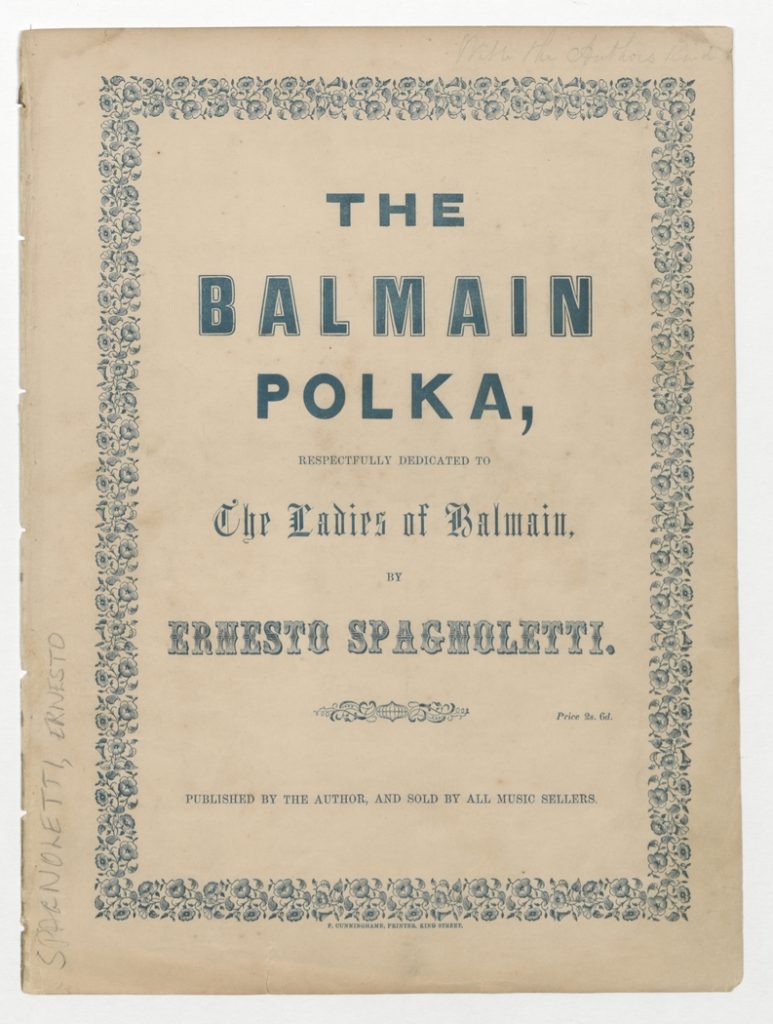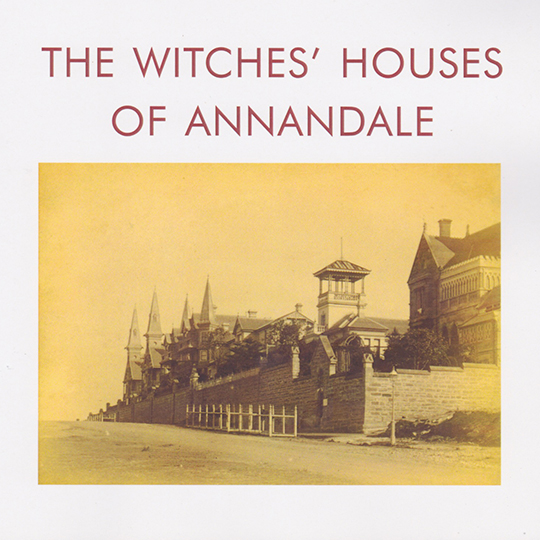The Cottage Hospital
With significant development within Marrickville and a surge in its population now employed in the often-dangerous new industries and factories, there was an urgent call to serve its citizens with the establishment of a hospital.
On the 1st day of March 1895, a public meeting, chaired by the Mayor, at Marrickville Town Hall, it was resolved that a cottage hospital be established within Marrickville.
The foundation stone to Marrickville Cottage Hospital was laid in 1897, and the hospital was admitting its first patients during the year of 1899.
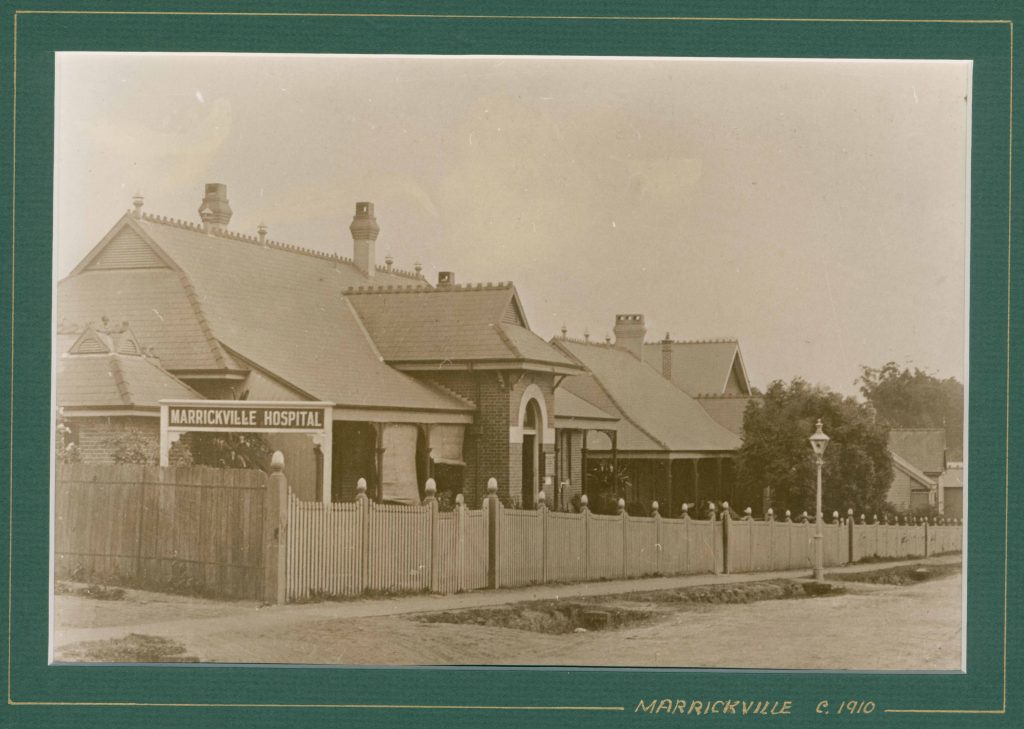
6. Industry and Manufacturing 1890s – 1960s
The period between WW I and WW II saw tremendous growth in Marrickville. Industry provided almost universal employment for local men and women. In the mills of Vicars, Globe and the Australian Woollen Mills women constituted more than 70% of the workforce.
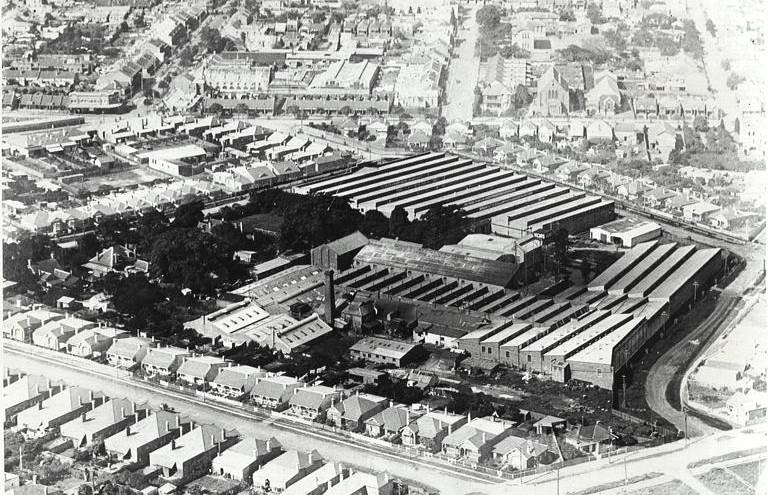
Vicars Woolen Mills c. 1940s
Whole families spent their working lives in the confines of the factory within walking distance or a short bus or tram ride from their homes.
7. District Hospital and nursing school 1922 -1990
Formerly known as the Marrickville Cottage Hospital, this Institution was in June 1922, proclaimed a District Hospital, now known as “Marrickville District Hospital.”
This proclamation marked a turning point in the history of the Institution, for it was official recognition by the highest authority of the State that the scope of the Hospital had grown so tremendously that the word “Cottage” could no longer suggest the importance of its influence upon the well-being of the community.
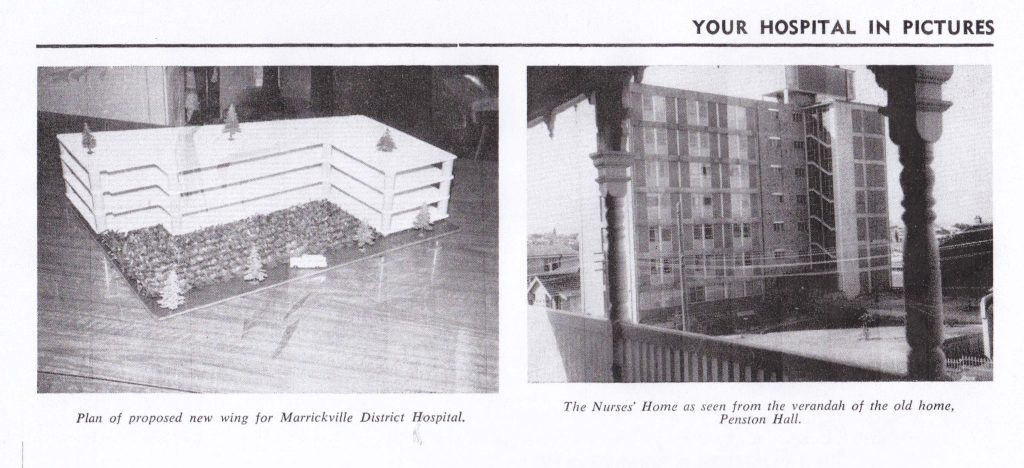
Marrickville Hospital saw the formation of the first Student Nurse Unit in NSW. In 1953 Marrickville Hospital was also one of the first hospitals to commence postgraduate lecture for trained nurse.
A Seven story nursing (since demolished) home opened on Livingstone Road on 25 October 1958.
The nurse training school closed in March 1980 when the last of the present students completed training
Nurses
1953 – Formation of the first Student Nurse Unit in NSW. Marrickville Hospital was also one of the first hospitals to commence postgraduate lecture for trained nurse.
Seven story nursing home opened on Livingstone Road on 25 October 1958.
The nurse training school closed in March 1980 when the last of the present students completed training.
Hospital Committee set up to raise public support / donations to expand accommodation areas of the hospital due to increasing demands for more hospital beds. The urgent need to for the establishment of a children’s ward was also publicised to the public. The children’s Ward will contain 15 beds – all donated by different people and carrying the donors’ names.
With the backing of Marrickville Municipal Council in 1945 the Marrickville Municipal Symphony Orchestra presented a series of concerts in the Marrickville Town Hall. Gala Benefit Carnivals at Marrickville Oval including baseball matches between American and Australian soldiers. Mayoral Floral Ball of 1932 – all proceeds to District Hospital and Ambulance. Often large private donations from random individuals / families / businesses in the community.
References:
Blue Skies Government House, Sydney (1926) Produced by the Marrickville District Hospital Working Committee.
- Council receives land 1990s
After heated protests from the local community and the nurses and doctors from the hospital opposed to its closure, the hospital closed in 1990.
In 1995, Marrickville Council purchased the Marrickville Hospital site on the corner of Marrickville and Livingstone’s Roads, with the intention to build new community spaces, including a library and civic centres.
After heated protests both from the local community and the nurses and doctors, the hospital closed in 1990.
1992 – Marrickville Council makes initial approach to NSW Health to purchase the site.
Several reports commissioned to the rezoning of the site, including a new library and Civic Centre, including options including complementary uses such as residential and/or mixed residential/ commercial use development that could be accommodated on the site to assists in funding the project.
Main studies included heritage assessment, functional design study, an urban design and planning study and a financial feasibility study.
In conclusion it was deemed that the former Marrickville District Hospital site is significant at a local level for its contribution to Marrickville’s civic precinct and for its ongoing role within the community.
1994 – Council decides to proceed with the purchase of the site.
In 1995, Marrickville Council purchased the Marrickville Hospital site on the corner of Marrickville and Livingstone’s Roads, with the intention to build new community spaces, including a library and civic centres.
Marrickville Council moves a step closer to delivering on the commitment to build a new library and community hub on the Old Marrickville Hospital vote, with a key vote at the 19 May 2015 Council meeting.
The vote means that the project will move to “Stage 2” of the Tender, where four shortlisted developers will be invited to provide detailed concept plans for the whole site. One of the terms of the tender is that the successful developer will be required to build the new library and park before beginning on the residential (private) development.
Planning and community consultations was undertaken in 2011 and 2012. Following a tender and design competition. Council appointed architects BVN Architects – concept ‘Blue’ design. Following 2012 local government elections, Council reaffirmed its commitment to build a new library, identifying it as a priority project.
In 2015, Council undertook a tender process, including permitting the demolition of three heritage houses on the site, but maintain significant heritage buildings including the former Old Marrickville Hospital and Nurses quarters.
References.
Graham Brooks and Associates Pty Ltd, Heritage Review, prepared for Marrickville Council, March 2009
9.Community Organisations 2000s – 2009
From 1991 to 2017 many of the buildings on site remained derelict and deteriorated. Despite this, several of the buildings have accommodated various community organisations and small businesses.
10. Squatters / Buildings derelict…
Since January 1999 Council approved the use of the former Marrickville Hospital site for a variety of community groups and private individuals and organisations – based primarily on non-commercial arrangements.
After the closure of the old Hospital in 1991, the building was occupied by MUD Australia ceramics, reflective of the makers and creative that have grown to occupy local industrial premises and nearby spaces.
Some of the community organisations to occupy the site during its “vacated years” included The MAC (Marrickville Aboriginal Advisory Committee) a legal service for Aboriginal women. Koori Radio. The Cadigal Information Service Aboriginal Corporation, and MCTVA – Marrickville Community TV Association.
Vacating notices were sent to occupants in 2009, citing the risks of living and operating in old buildings without adequate fire and safety regulations.
11. Official Opening of new Marrickville Library 31 August 2019
After more than twenty years of public consultation, heated debates and deliberations, the development of the new Marrickville Library and Pavilion exemplifies the Inner West Councils commitment to enhancing Marrickville’s civic precinct and for its ongoing role within the community.

